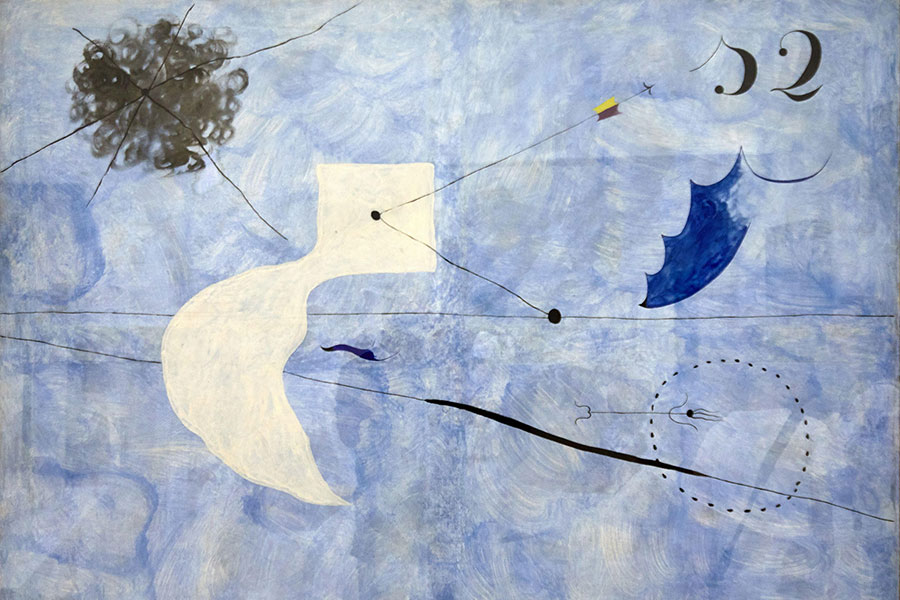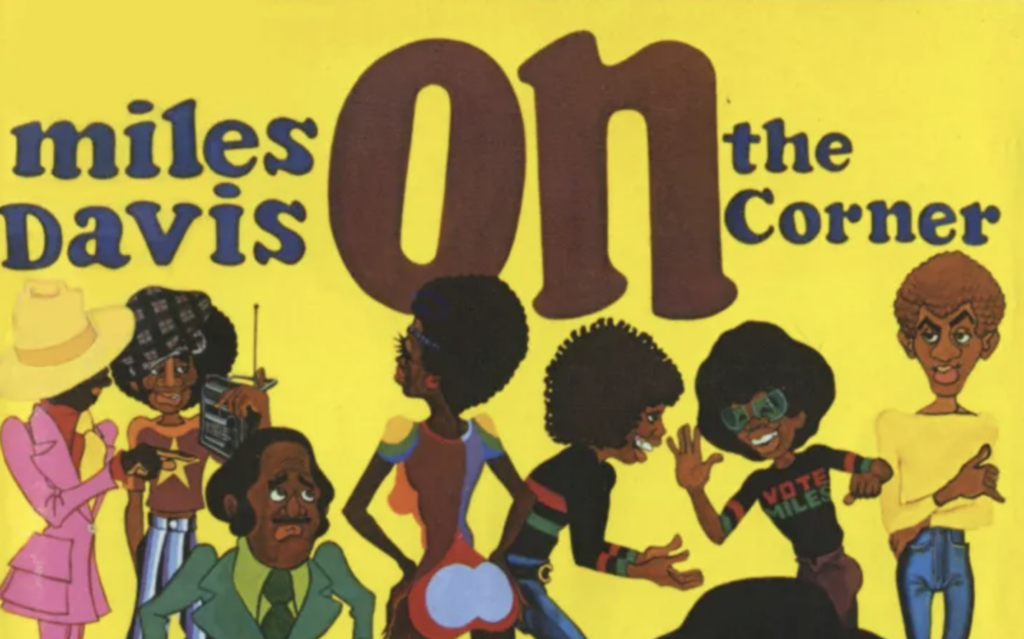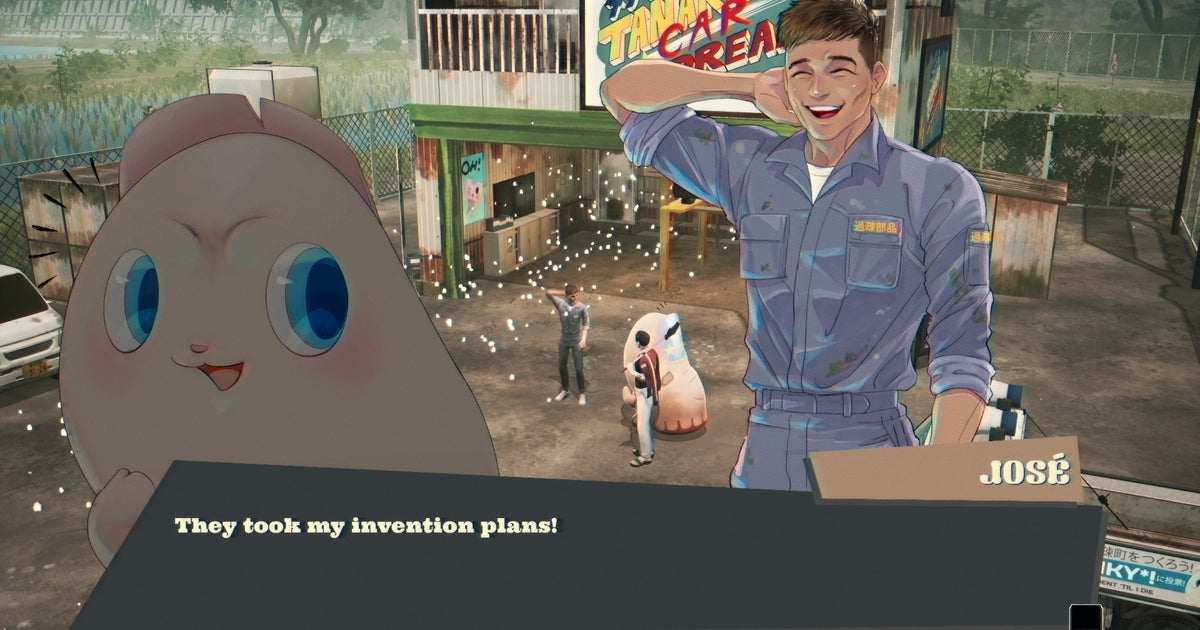Museum of Transology Marks a Decade with Transcestry Exhibition Celebrating Trans Joy

The Museum of Transology, a beacon of representation and advocacy for the trans, non-binary, and intersex communities, is commemorating its tenth anniversary with a groundbreaking exhibition titled Transcestry. This landmark exhibition is notable for housing the worlds largest collection of objects that reflect the diverse experiences and lives of these communities. Featuring an astonishing 1,000 artifacts and personal stories generously donated by community members, the Transcestry exhibition stands as the museums most extensive display to date.
This milestone arrives at a particularly significant and challenging time for the museum and the broader trans community. E-J Scott, the visionary founder of the Museum of Transology, recalls that during the planning stages for this anniversary celebration, they were faced with the harsh realities of a politically charged climate. We were at the height of pre-election culture wars, Scott explained, indicating the increased scrutiny and challenges faced by the trans community in contemporary society. With various legislative and cultural battles unfolding, Scott expressed concern about the ongoing attacks in every direction that this community continues to endure, particularly as discussions about gender identity and rights become increasingly contentious.
Just recently, the UK Supreme Court made a ruling that further complicates the legal definition of a woman by anchoring it to biological sex. This legal stance has become a flashpoint in the ongoing debates surrounding gender identity, leading Scott to reflect deeply on how to approach the exhibition. I cant put on an exhibition that says its worse now for trans people than it was when I started collecting in 2014! Scott articulated, which prompted a shift in focus. Instead of highlighting the adversities faced by the trans community, they resolved to showcase a narrative centered around trans joy, not trans hate, celebrating the cultural vibrancy and rich heritage that exists within the community.
As part of this celebration, Scott noted the significance of the 15 trans pride festivals that occur annually across the UK and Ireland. Inspired by these events, they were able to secure funding from the Art Fund to travel to each festival, where they collected a variety of items such as placards, stickers, badges, and flags, all of which contribute to the museums growing archive. From there, I hooked up all the Trans Prides with their local museum, library, and archives, and we held National Days of Trans Collecting with funding from the National Heritage Lottery Fund, Scott revealed. This collaborative effort resulted in 467 new objects being added to the museums collection, each with its own story, now proudly displayed for the first time in the Transcestry exhibition.
Once the exhibition concludes, Scott emphasized the plan for these valuable artifacts. When the show closes, all of these artifacts will go back to the areas they belong to, they explained. This initiative is designed to create a network of 15 local Museums of Transology, empowering local trans, non-binary, and intersex communities to utilize these collections for their own projects. The aim is to ensure the preservation and continuation of transcestry, actively resisting the erasure of these vital stories from history.
























